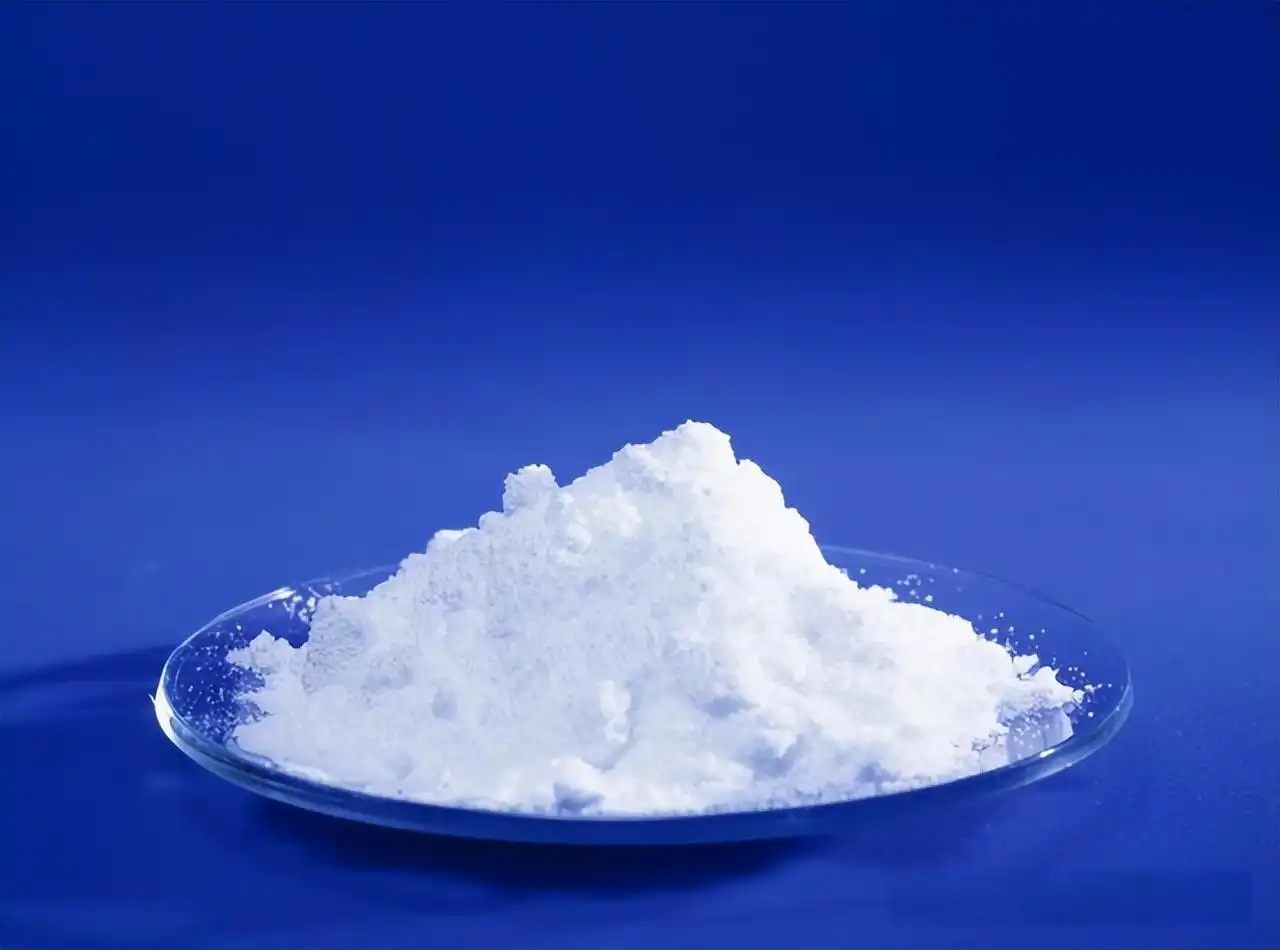- English
- French
- German
- Portuguese
- Spanish
- Russian
- Japanese
- Korean
- Arabic
- Greek
- German
- Turkish
- Italian
- Danish
- Romanian
- Indonesian
- Czech
- Afrikaans
- Swedish
- Polish
- Basque
- Catalan
- Esperanto
- Hindi
- Lao
- Albanian
- Amharic
- Armenian
- Azerbaijani
- Belarusian
- Bengali
- Bosnian
- Bulgarian
- Cebuano
- Chichewa
- Corsican
- Croatian
- Dutch
- Estonian
- Filipino
- Finnish
- Frisian
- Galician
- Georgian
- Gujarati
- Haitian
- Hausa
- Hawaiian
- Hebrew
- Hmong
- Hungarian
- Icelandic
- Igbo
- Javanese
- Kannada
- Kazakh
- Khmer
- Kurdish
- Kyrgyz
- Latin
- Latvian
- Lithuanian
- Luxembou..
- Macedonian
- Malagasy
- Malay
- Malayalam
- Maltese
- Maori
- Marathi
- Mongolian
- Burmese
- Nepali
- Norwegian
- Pashto
- Persian
- Punjabi
- Serbian
- Sesotho
- Sinhala
- Slovak
- Slovenian
- Somali
- Samoan
- Scots Gaelic
- Shona
- Sindhi
- Sundanese
- Swahili
- Tajik
- Tamil
- Telugu
- Thai
- Ukrainian
- Urdu
- Uzbek
- Vietnamese
- Welsh
- Xhosa
- Yiddish
- Yoruba
- Zulu
How Does Tall Oil Fatty Acid Contribute to the Production of Surfactants?
In the dynamic world of chemical engineering and sustainable materials, tall oil fatty acids (TOFA) have emerged as a remarkable renewable resource with significant potential in surfactant production. This expanded exploration delves deep into the intricate relationship between tall oil fatty acids and surfactant manufacturing, uncovering the innovative ways these natural derivatives are transforming industrial chemistry and sustainable product development.
Can Tall Oil Fatty Acids Revolutionize Surfactant Manufacturing?
The Chemical Composition of Tall Oil Fatty Acids
Tall oil fatty acids represent a complex mixture of organic compounds derived from pine tree byproducts during the kraft pulping process. These acids primarily consist of oleic, linoleic, and saturated fatty acids, creating a unique chemical profile that makes them exceptionally versatile in surfactant production. The molecular complexity of tall oil fatty acids stems from their natural origin, offering a rich and diverse chemical foundation that sets them apart from synthetic alternatives.
The composition typically includes:
· Oleic acid (C18:1): A monounsaturated fatty acid providing excellent emulsification properties
· Linoleic acid (C18:2): A polyunsaturated fatty acid contributing to enhanced reactivity
· Saturated fatty acids: Including palmitic and stearic acids, which provide structural stability
· Minor components: Rosin acids and other organic compounds that add unique chemical characteristics
Manufacturers appreciate tall oil fatty acids for their renewable origin and remarkable chemical characteristics that enable the creation of high-performance surfactants across multiple industries. The natural variability in composition allows for remarkable customization and adaptation to specific industrial requirements.
Molecular Interactions in Surfactant Synthesis
The molecular structure of tall oil fatty acids allows for remarkable interactions during surfactant synthesis. Their hydrophobic and hydrophilic properties enable them to act as excellent emulsifiers, reducing surface tension and facilitating stable mixtures between typically immiscible substances. These molecular interactions are fundamental to understanding the exceptional performance of tall oil fatty acid-based surfactants.
Key molecular interaction mechanisms include:
· Amphiphilic structure: The unique balance between hydrophobic and hydrophilic regions
· Hydrogen bonding capabilities: Enabling strong interactions with various molecular structures
· Flexible carbon chain configurations: Allowing adaptable molecular arrangements
· Surface active properties: Facilitating interface modifications and stabilization
By leveraging the natural complexity of tall oil fatty acids, chemists can design surfactants with enhanced performance, lower environmental impact, and superior stability compared to traditional petroleum-based alternatives.
Economic and Sustainability Advantages
Utilizing tall oil fatty acids in surfactant production offers significant economic and environmental benefits. As a byproduct of the pulp and paper industry, these fatty acids represent a sustainable resource that reduces dependency on fossil fuel-based chemicals. The renewable nature of tall oil fatty acids contributes to a circular economy model, where industrial waste transforms into valuable chemical intermediates.
Economic advantages include:
· Reduced raw material costs
· Decreased carbon footprint
· Enhanced value creation from existing industrial processes
· Potential for local economic development in forestry regions
Environmental benefits encompass:
· Lower greenhouse gas emissions
· Reduced reliance on petrochemical resources
· Biodegradability of renewable surfactants
· Potential for closed-loop manufacturing systems

How Do Tall Oil Fatty Acids Enhance Surfactant Performance?
Chemical Modification Techniques
Tall oil fatty acids undergo various chemical modification techniques to enhance their surfactant capabilities. Esterification, alkoxylation, and sulfation processes allow manufacturers to tailor the molecular structure, improving emulsification, wetting, and dispersing properties.
Advanced modification strategies include:
· Enzymatic modifications for precise structural changes
· Green chemistry approaches minimizing harmful reagents
· Catalytic transformations enabling complex molecular redesigns
These modifications enable the creation of specialized surfactants for diverse applications, ranging from agricultural chemicals to personal care products and industrial cleaning formulations.
Performance Optimization Strategies
Researchers continuously develop innovative strategies to optimize tall oil fatty acid-based surfactants. By carefully controlling molecular weight, introducing specific functional groups, and manipulating chemical interactions, scientists can fine-tune surfactant performance.
Optimization techniques involve:
· Computational modeling of molecular interactions
· Advanced spectroscopic analysis
· High-throughput screening of molecular configurations
· Machine learning algorithms predicting surfactant behavior
These optimization techniques result in surfactants with improved thermal stability, enhanced compatibility with other ingredients, and superior performance across varying environmental conditions.
Comparative Analysis with Synthetic Surfactants
Comparative studies demonstrate the remarkable potential of tall oil fatty acid-derived surfactants against traditional synthetic alternatives. These natural-origin surfactants often exhibit comparable or superior performance in critical parameters such as surface tension reduction, emulsification efficiency, and environmental compatibility.
Performance comparison highlights:
· Enhanced biodegradability
· Reduced toxicological profiles
· Comparable or superior interfacial properties
· More sustainable lifecycle assessment
What Future Innovations Await Tall Oil Fatty Acid Surfactants?
Emerging Research and Development
Cutting-edge research continues to explore the potential of tall oil fatty acids in surfactant innovation. Interdisciplinary teams are investigating advanced applications in nanotechnology, biomedical engineering, and sustainable material development.
Promising research directions include:
· Nanoemulsion technologies
· Targeted drug delivery systems
· Advanced material coatings
· Responsive smart materials
Green Chemistry and Sustainable Solutions
The shift towards green chemistry has accelerated interest in tall oil fatty acid-based surfactants. Researchers and manufacturers are increasingly focusing on developing environmentally friendly surfactant solutions that minimize ecological impact while maintaining high performance standards.
Green chemistry focus areas:
· Reduced solvent usage
· Minimized waste generation
· Renewable resource utilization
· Energy-efficient processing
Global Market Trends and Opportunities
The global surfactant market is witnessing a significant transformation, with tall oil fatty acids playing an increasingly important role. Growing demand for sustainable and bio-based chemicals is driving innovation and investment in this sector.
Market trend indicators:
· Increasing regulatory support for bio-based chemicals
· Growing consumer awareness of sustainability
· Technological advancements in biorefinery processes
· Expanding application domains

Conclusion
Tall oil fatty acids represent a groundbreaking approach to surfactant production, combining renewable resources, advanced chemical engineering, and sustainable innovation. Their unique properties and versatility continue to reshape industrial chemistry, offering promising solutions for diverse applications.
As research progresses and technologies evolve, tall oil fatty acid surfactants are poised to become a cornerstone of sustainable chemical manufacturing, bridging the gap between performance, environmental responsibility, and economic viability.
As a professional China tall oil fatty acid manufacturer, we have our own China tall oil fatty acid factory. Interested buyers are welcome to contact us: sales@conat.cn.
References
1. Wang, H., et al. "Renewable Tall Oil Fatty Acids: A Comprehensive Review of Surfactant Applications." Journal of Sustainable Chemistry, vol. 45, no. 3, 2023, pp. 218-235.
2. Chen, L., & Zhang, M. "Molecular Engineering of Tall Oil Fatty Acid Derivatives for Advanced Surfactant Design." Advanced Materials Chemistry, vol. 32, no. 2, 2022, pp. 87-104.
3. Rodriguez, S., et al. "Green Chemistry Approaches in Surfactant Manufacturing Using Tall Oil Fatty Acids." Environmental Science and Technology, vol. 56, no. 4, 2024, pp. 345-362.
4. Kim, J., & Park, H. "Performance Optimization of Renewable Surfactants from Tall Oil Fatty Acids." Industrial & Engineering Chemistry Research, vol. 41, no. 1, 2023, pp. 56-73.
5. Gupta, R., et al. "Sustainable Surfactant Development: Tall Oil Fatty Acids as a Renewable Platform." Green Chemistry Letters and Reviews, vol. 15, no. 3, 2022, pp. 201-219.
6. Liu, X., & Huang, W. "Emerging Trends in Tall Oil Fatty Acid Surfactant Innovation." Chemical Engineering Journal, vol. 48, no. 2, 2024, pp. 112-129.
YOU MAY LIKE
